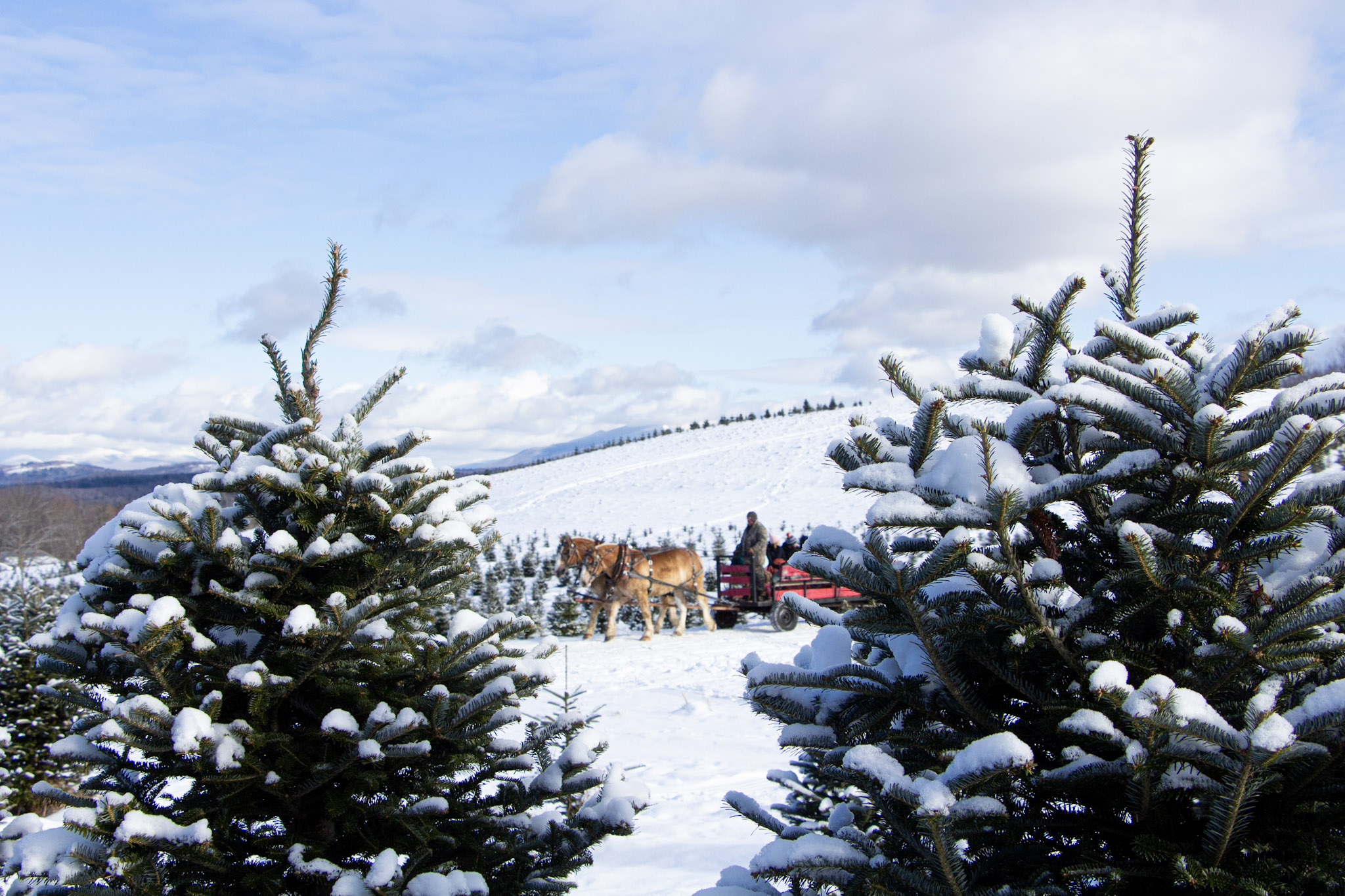- Tags:
- Working Forests
Not all fires are bad nor unintentional. This 2013 controlled burn on the Forest Society’s Harmon Preserve in Freedom was used to restore rare pitch-pine/scrub oak habitat. Photo by Jeff Lougee.
When I arrived home from work one warm day last week, the dogs suggested that we take a walk in the field out beyond the barn. Over the course of time all dogs have perfected the highly persuasive suggestion, and so I couldn't refuse. Besides, it was a beautiful early evening and the idea was a good one.
Six weeks ago I was struggling to traverse this same field in still-deep snow, trying to get sap from tree to sugarhouse. All that crystalized moisture is now gone and the dogs raced up the small hill that rises up beyond the vegetable garden. The deer have been hanging out up there lately, making suggestions of their own about what deer treats the gardener might want to think about planting in that garden - soon.
The crest of the hill affords a pleasing view back towards the barn and house, and so while the dogs snuffled around the field I sat down in the grass to take it in. That warm breeze we all enjoyed was blowing, keep the newly emerged bugs at bay. I laid back on the ground and considered the blue of the evening sky, thinking that I'd probably get my clothes wet from the damp ground.
Instead, the ground was dry and the grass prickly. The warm weather had come on fast and the ground cover hadn't greened up yet, especially on the hill. I sat up, looked around, and contemplated how vulnerable the surrounding vegetation was to spark or flame. In these kinds of conditions, things can get out of hand quickly. The timbers in the 1834 barn have been curing for nearly 200 years - the house even longer. Those buildings may be home for me, but they are ready fuel load to a fire. I wonder when we'll get some rain, I thought.
Sure enough, the next couple of days saw significant brush fires break around the state. One engulfed dozens of acres in Concord. Another in Northfield that closed Route 140 for most of the day. A 90-acre blaze on Bayle Mountain Ossipee caused Gov. Maggie Hassan to send a National Guard helicopter to bring water from nearby Conner Pond.
According to State Forester Brad Simpkins, the more-than-200 acres that have burned statewide is already more than all of 2014.
That said, we are relatively fortunate here in northern New England, where our forestland is sometimes referred to the asbestos forest, thanks to its resistance to fire in comparison to dry western forests. But even that reputation is misleading, as historically fires have shaped our forests in significant ways.
Some species, such as the pitch pine in the globally rare pine barrens found in the Ossipee area, rely on fire for regeneration. The New Hampshire chapter of The Nature Conservancy has made protection and management of the pine barrens a priority, and the Forest Society has worked with TNC and others to use fire to manage our Harmon Preserve in Freedom to restore pitch pine/scrub oak habitat. New Hampshire - including on Mount Chocorua - also hosts rare stands of northern jack pines with fire-adapted cones that do not open to release their seeds until heated to more than 120 degrees.
But out-of-control fire worries us all. We often can't control conditions nor lightning strikes nor fuel load (the amount of potential fuel, such as dead wood or brush, in a given area), but through education and caution we like to think we can control the number of fires set unintentionally by human activity. Professionals have used science to establish meaningful measures of relative fire danger (check out www.wfas.net if you want to geek out on fire danger forecasts, including fascinating maps of "greenness data.")
That data gets simplified for those of us at the retail level, into fire danger ratings ranging from "low" to "extreme," color-coded green to yellow to orange and then red. Essentially, the ratings are a prediction of the likelihood that a fire might start, and more importantly, the speed and intensity with which it could spread.
Some people think of the ratings as a "knucklehead" index. It goes like this:
Low: Don't be a knucklehead when it comes to fire.
Moderate: Keep an eye out for knuckleheads.
High: Tell the knuckleheads you know to be careful.
Very High: Take the matches and lighters away from any knuckleheads among your friends or family.
Extreme: Lock the knuckleheads in the bathroom.
We have become, in relative terms, much better at preventing and controlling fires over the past century. The danger in that is that we then underestimate its potential. It's been said that smoke from fires in the White Mountains in the early 1900s, fueled by slash left behind from the unsustainable logging practices of the era, discolored laundry hanging on clotheslines in Manchester. I thought that was likely an apocryphal story until I stepped outside one morning in 2010 and was greeted by the woodsmoke smell from large-scale forest fires in Quebec.
We experienced one of the worst forest fires ever in New England in October 1947, when some 20,000 acres burned during the month, across an area from Mount Sunapee in New Hampshire to Bar Harbor, Maine. Drought conditions and fuel load left by the Hurricane of 1938 created the conditions for major fires.
So don't be a knucklehead. Fire danger is real danger. Meanwhile, I find myself locked in the bathroom for some reason. I think the dogs suggested it.
